Opening of our new space in Menorca
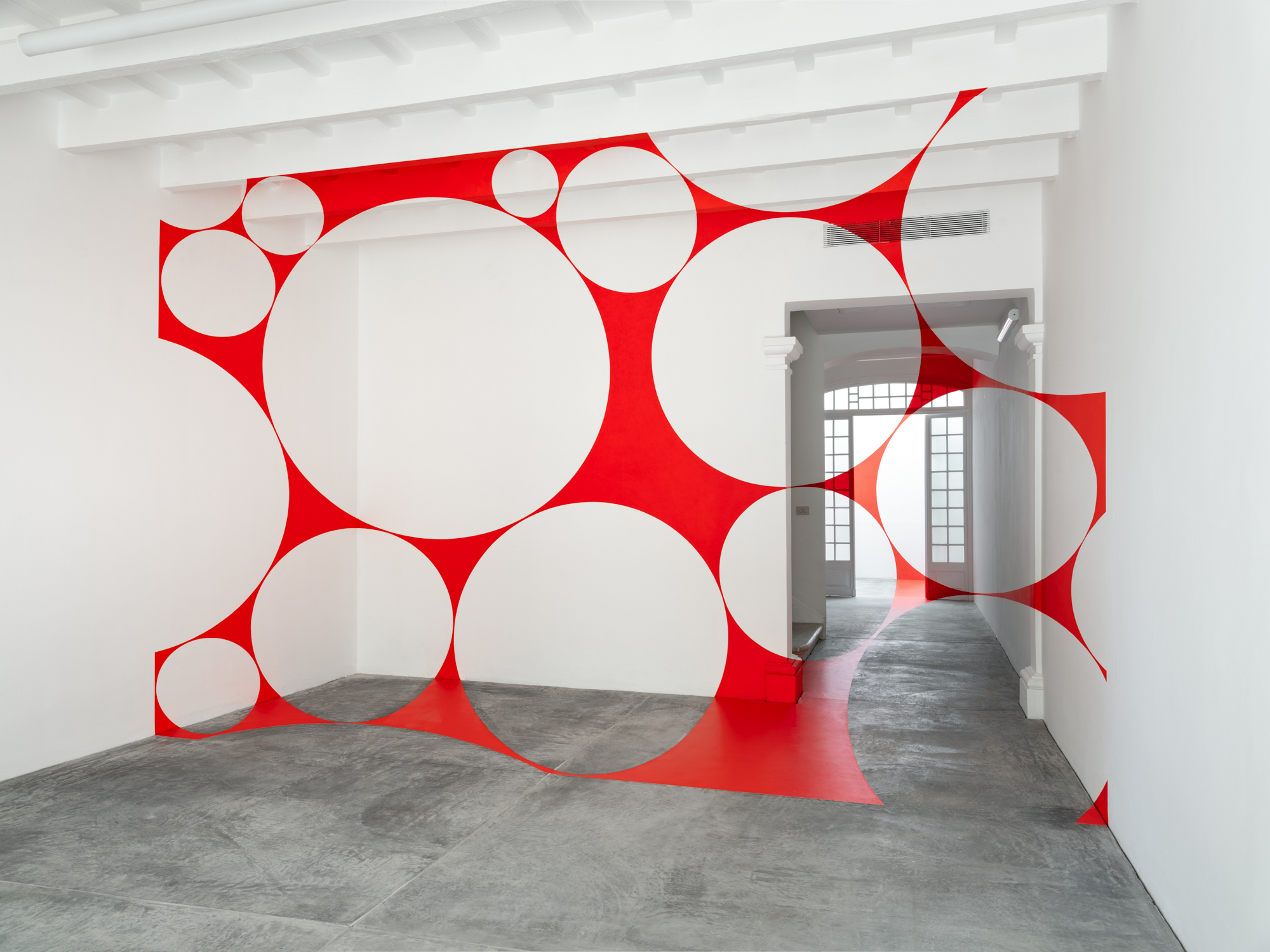
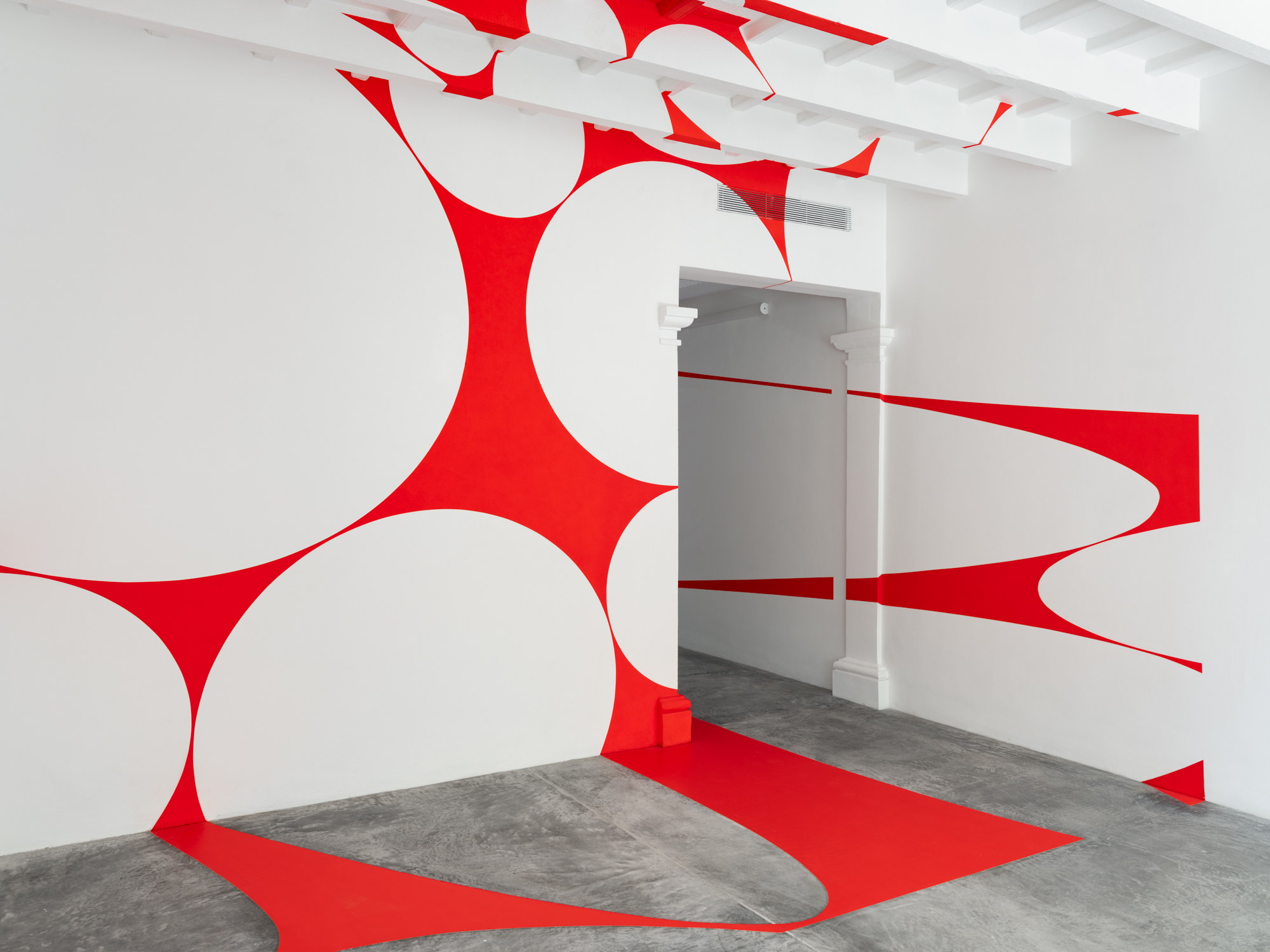



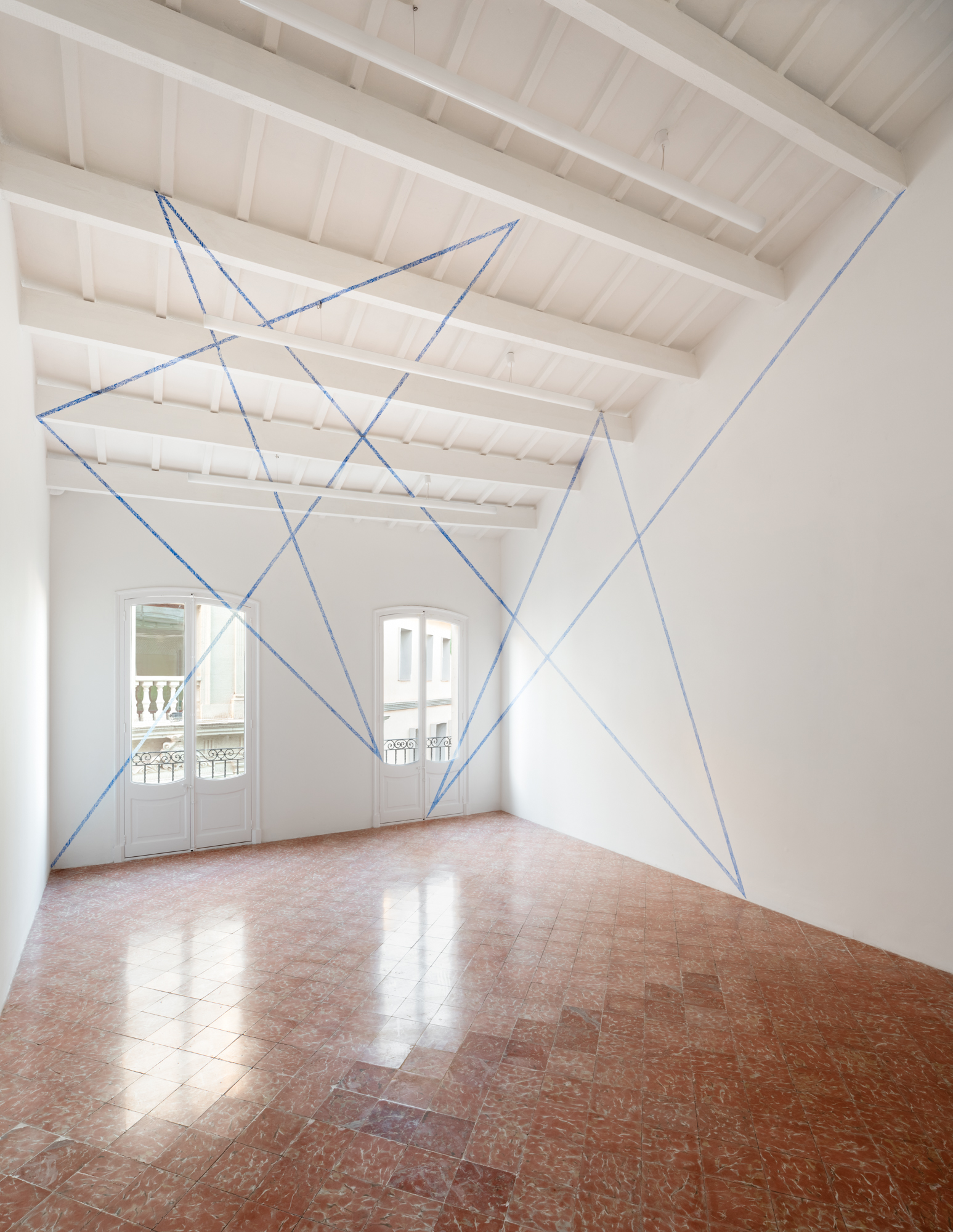
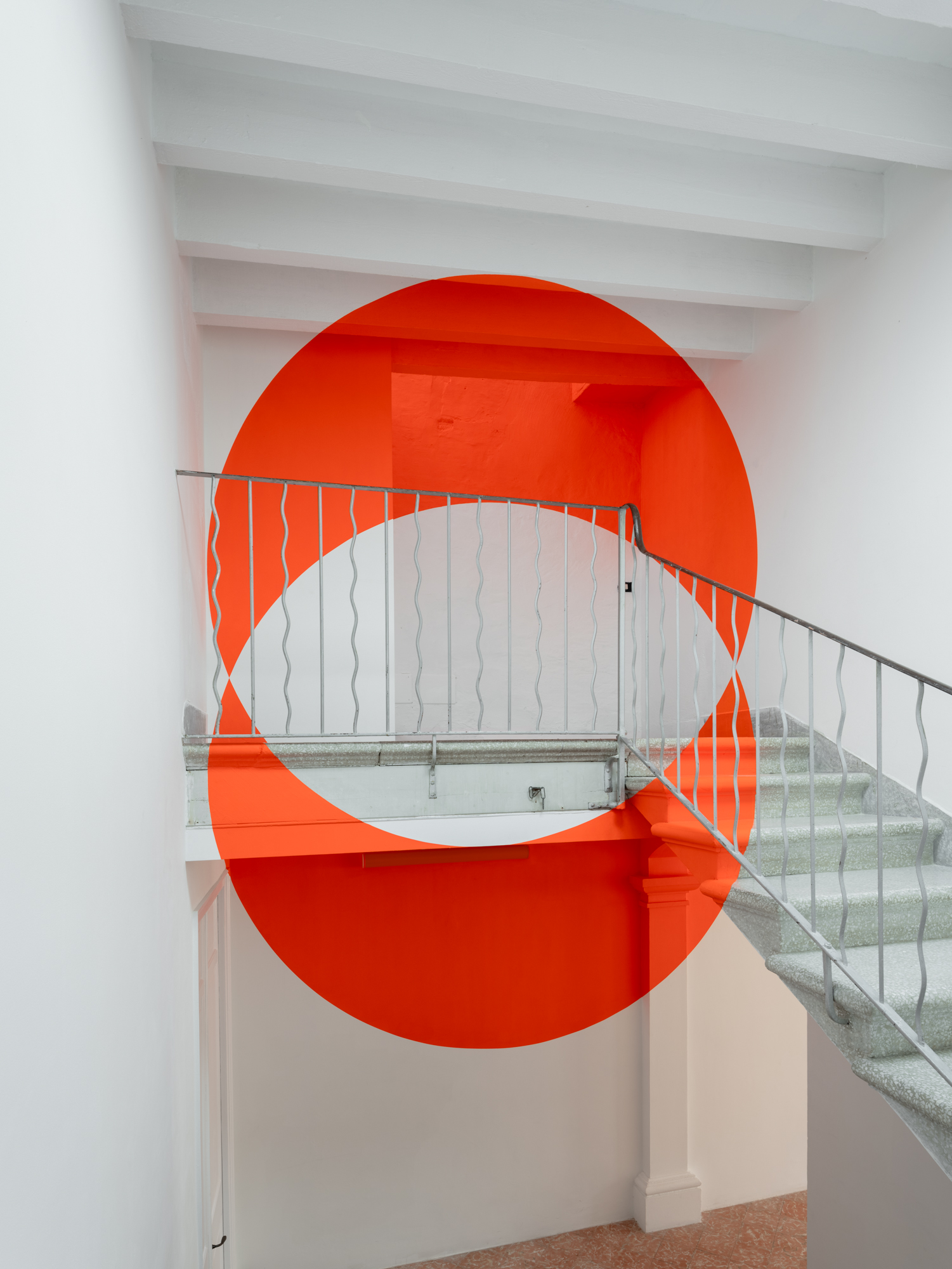
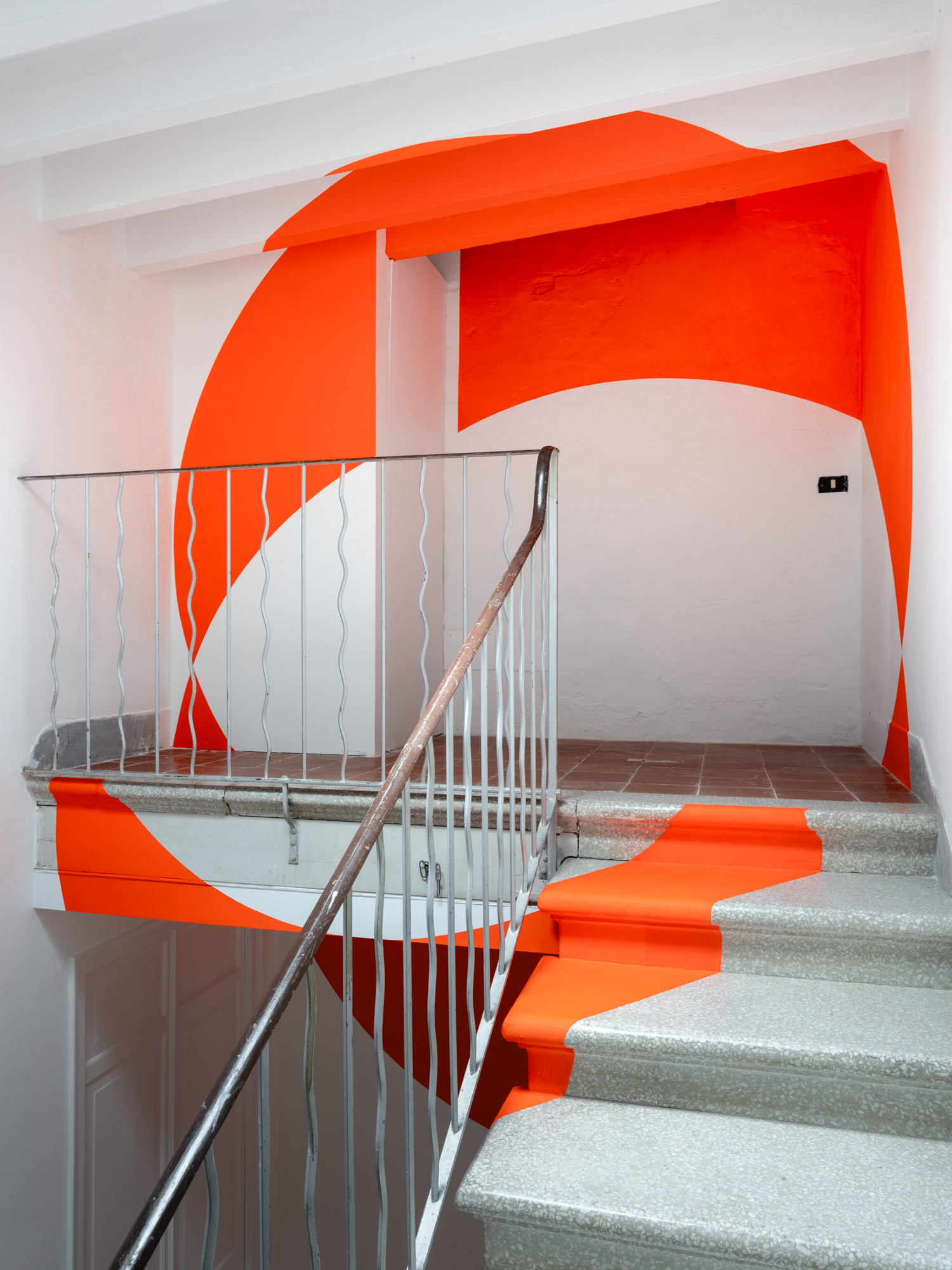
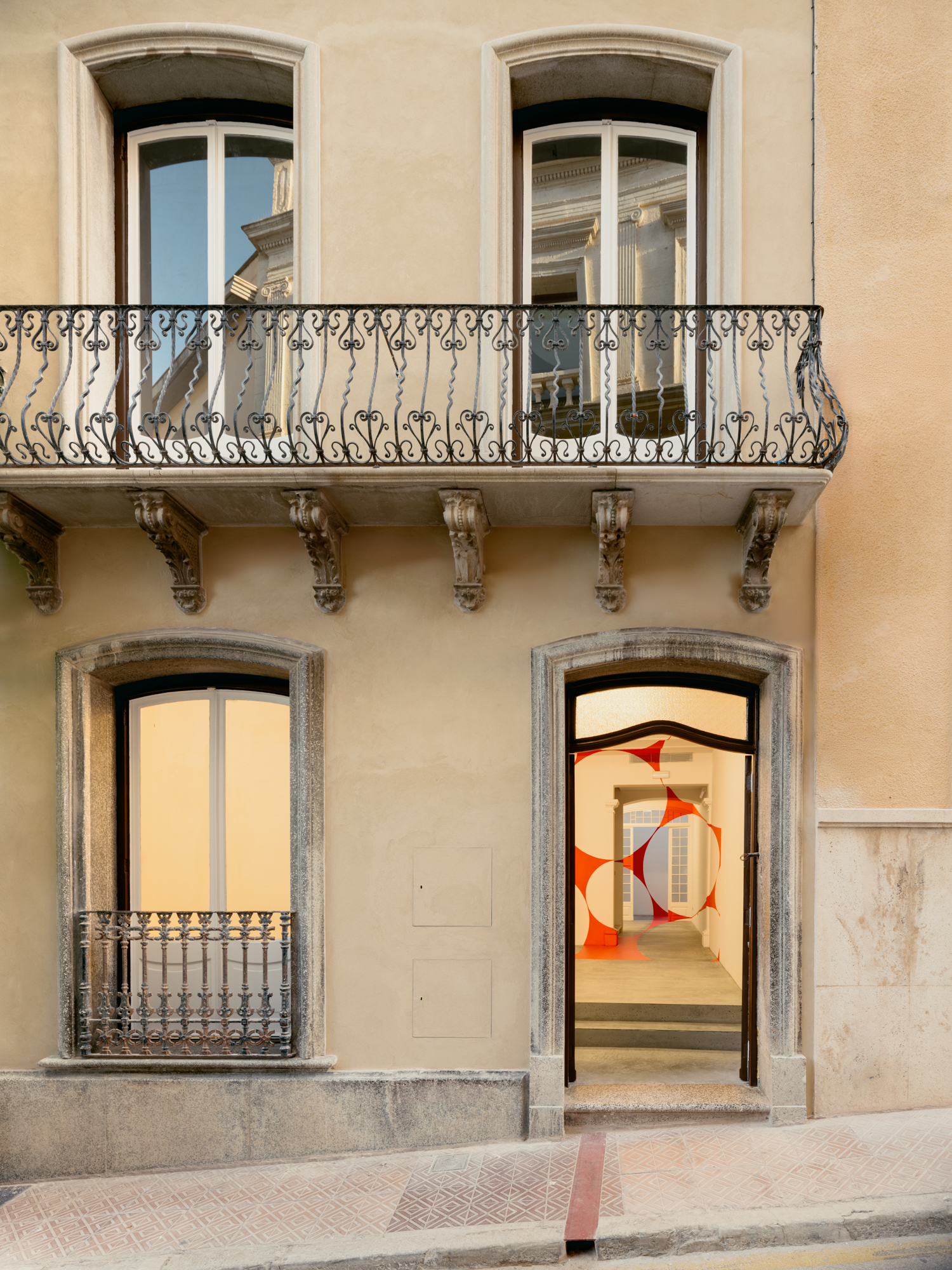
Albarrán Bourdais is pleased to announce the opening, on July 6th, of its new gallery in Mahón, Menorca. Located in a mansion opposite the Teatre Principal de Maó, the space will open its doors with a major exhibition dedicated to Swiss artist Felice Varini.
The project arises as a continuation of the work started 20 years ago by Eva Albarrán and Christian Bourdais to bring contemporary art and architecture closer to society. By offering artists optimal opportunities for experimentation and exhibition, the aim is to enhance the viewer’s experience by showcasing contemporary art in spaces beyond the white cube.
Celebrated as one of the pioneers in the study of geometry and color, Swiss artist Felice Varini works with space and architecture through perception. His style, developed in the late 1970s, is influenced by the site-specific creations of Daniel Buren and the large wall drawings of Sol LeWitt.
For his works, the artist uses architectural and urban spaces such as streets, buildings, and public monuments as his canvas, both indoors and outdoors. He establishes a continuous dialogue between the site of creation and its perception.
Suddenly, we find ourselves in a world without horizons since Varini’s return to painting was made with the benefit of this experience. Feeling limited by the format and flat surface of the canvas, he began to seek the ideal field of action, directing his search towards architectural space and urban landscapes. Pursuing an Optical and Kinetic approach, the multitude of possible angles allows Varini to feel that he is mobile, putting his painted and photographic works «in motion.»
We must not overlook the function of photography for Varini, serving as a document—albeit partial—capable of remaining available even after the event it documents has ended. Collaborating with photographers allows images of the artist’s work to circulate through publications. As Daniel Buren would say, these photos «bear witness to the appearance of the work in a specific situation.» The site-specific nature of Varini’s work, which makes time and place integral to its existence, also involves this discourse related to the status and existence of the artwork.
In Varini’s work, there is also an intense relationship with the theory of phenomenological perspective developed by philosopher Maurice Merleau-Ponty. Here, perception is not merely the specular image of things but vision suspended in movement. It’s not just about represented space but the capacity to explore spatiality as an experience of perception, involving the active participation of the viewer.
This is where the true quality of Felice Varini’s work is revealed, and precisely for this reason, his pictorial spaces have such a strong impact on the viewer. They expe- rience, above all, an intensification of their awareness of existence in space. Varini demands the most difficult from himself and his viewer: to endure uncertainty without a safety net, to not believe in the appearance of connecting lines even if they are etched in stone.